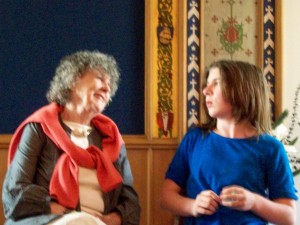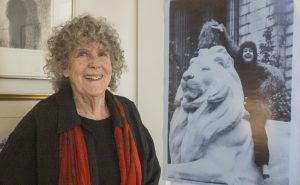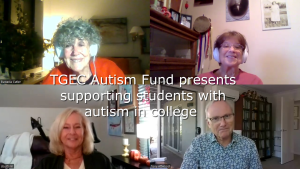Understanding Your Child with Autism
When I was in college I used to read to a blind student. In those days I’d read, he’d listen and type notes on an old pound-the-keys typewriter. Then we’d talk. And if it was snowy weather I’d walk with him to his next class. Though he was good at tapping his way around the Harvard Yard, there was nothing to tap in the soft paths through the snow. He used to call those paths “threading the needle.” He’d had his sight till he was 16, so he’d seen the trick of guiding a thread through the needle’s eye. With that image in mind—and a little help– he could thread his way along the narrow paths through the shoveled snow. As we walked he told me how he’d been teaching children who were blind from birth.
“I saw the world for 16 years,” he said. “I know what it looks like. Try teaching height to a child who’s blind from birth. I’d tell them ‘raise your arm, see if you can touch the ceiling.’ And with a step ladder sometimes they could. Then I’d give them a model of a building to feel with their hands. ‘Imagine, each of those little floor-to-ceiling squares you’re feeling is the height of the ceiling you just touched.’ They can’t make the connection.. They have no way to imagine what they’ve never seen..”
Thankfully, what’s missing in autism isn’t that irreversible. Yes there are recognizable lacks, particularly the ability to play imaginatively and pretend a stack of blocks is a tall building. But it’s pointless trying to explain make believe games to an child on the spectrum. Though the blind child understands your words, he can’t connect them to the idea of height. Though the autistic child cannot connect to what you’re telling him, he can see what you’re doing and copy it..



